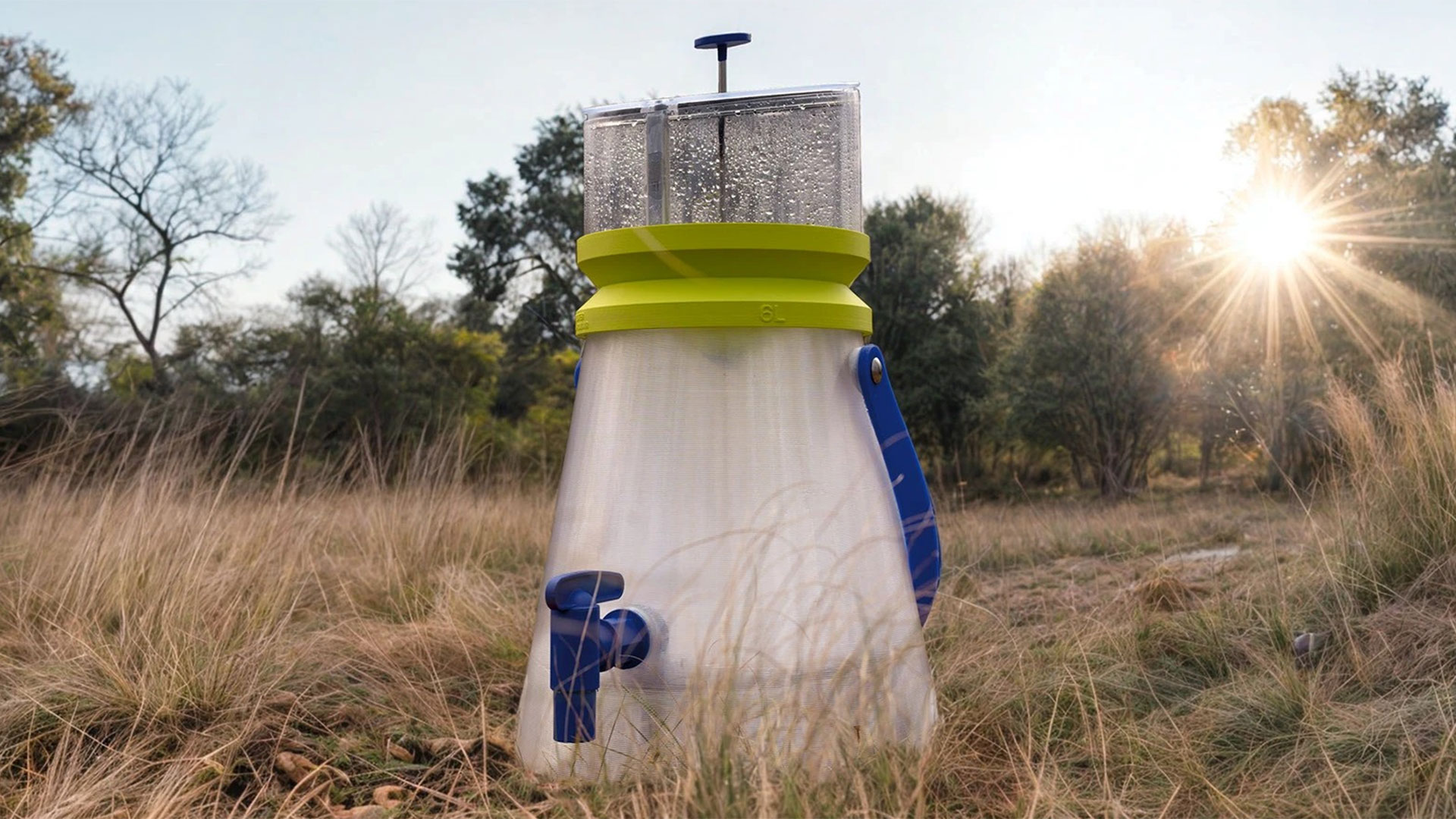Password-Free “Face + Voice” Authentication
Password-Free “Face + Voice” Authentication is a bio metric fusion authentication framework that eliminates traditional passwords by verifying two human traits — the user’s face and voice — simultaneously or sequentially.
It leverages AI-based facial recognition, voice biometrics, and liveness detection to confirm both who the user is and that they are physically present, creating a powerful defense against spoofing, hacking, or identity theft.
It’s used in smartphones, IoT devices, banking, smart homes, cars, and digital identity wallets — anywhere that requires secure, frictionless access.
Foundational Philosophy
Traditional passwords fail because they’re forgettable, hackable, and shareable.
Biometrics, by contrast, provide inherent identity — something you are, not something you know.
The combination of face + voice delivers:
- Dual-modality security — harder to spoof both traits together.
- Continuous authentication — system can verify identity during ongoing use (voice or face revalidation).
- Convenience — no typing, remembering, or resetting passwords.
- Inclusivity — accommodates users with physical or cognitive limitations.
This approach aligns with the Zero Trust Security paradigm and the passwordless authentication movement led by standards like FIDO2 / WebAuthn.
Biometric Capture Layer
This is the sensor and input layer responsible for acquiring raw biometric data.
Face Recognition Sensors:
- RGB or infrared (IR) camera for capturing facial images.
- Depth sensor (structured light or ToF) for 3D facial mapping.
- Liveness check sensors to prevent spoofing (blink, micro-movements, reflections).
Voice Recognition Sensors:
- Microphone array with noise cancellation.
- Acoustic models that extract unique voice features (pitch, formant, tone, mel-frequency cepstral coefficients — MFCCs).
Environmental Adaptation:
- Ambient light correction for facial image quality.
- Noise filtering and beamforming for clear voice capture.
AI Recognition & Fusion Layer
This is the cognitive core of the system where deep learning models perform recognition, matching, and multi-biometric fusion.
Facial Recognition Engine
- Face Detection: Using CNN-based detectors (e.g., RetinaFace, BlazeFace).
- Feature Extraction: Embeddings generated via deep networks like FaceNet, ArcFace, or InsightFace.
- Liveness Detection: Anti-spoofing models analyze micro-movements, depth cues, or texture patterns to detect masks, photos, or videos.
Voice Recognition Engine
- Voiceprint Extraction: Converts speech into voice embeddings using deep neural networks (e.g., SpeakerNet, ECAPA-TDNN, wav2vec 2.0).
- Speaker Verification: Compares input voiceprint to stored templates with probabilistic scoring (Cosine similarity, PLDA).
- Liveness & Anti-Spoofing: Detects synthetic or recorded voices using spectrogram analysis and adversarial training.
Multimodal Fusion Engine
The system combines both biometric channels using:
- Feature-Level Fusion: Merges embeddings (face + voice vectors) into a unified representation before classification.
- Score-Level Fusion: Independently calculates match scores for each and uses weighted confidence for final decision.
- Adaptive Fusion Weights: AI dynamically adjusts weighting based on environmental quality (e.g., if voice is noisy, face gets higher priority).
Result: A secure, context-aware decision: ✅ Access granted or ❌ Authentication failed.
Secure Identity & Access Layer
Once the user is verified, this layer manages secure access to systems, services, or devices.
Local Authentication:
- On-device model (e.g., in smartphones or IoT devices) uses a Trusted Execution Environment (TEE) or Secure Enclave to store biometric templates.
- Prevents raw data from ever leaving the device.
Cloud / Federated Authentication:
- Decentralized identity integration (DID) allows secure proof exchange without exposing biometrics.
- FIDO2/WebAuthn protocols can integrate this system as a “biometric authenticator.”
Blockchain Option:
- Biometric hashes (not images or audio) can be stored on blockchain for immutable verification.
- Smart contracts enable trustless identity validation across services.
Privacy & Security:
- Biometric templates encrypted using AES-256 and stored locally.
- Zero-Knowledge Proofs (ZKP) can verify identity without revealing actual biometric data.
Workflow Example
Step 1: Enrollment (Setup Phase)
- User registers by scanning face and speaking a chosen passphrase (like “My voice is my password”).
- AI extracts embeddings and creates encrypted biometric templates.
- Templates stored securely in TEE or encrypted cloud vault.
Step 2: Authentication (Login Phase)
- System prompts for authentication — user looks at camera and says a natural phrase.
- Real-time face and voice features are extracted.
- Anti-spoofing checks performed on both modalities.
- Multimodal AI fusion engine computes confidence score.
- If above threshold → user verified → system unlocks or grants access.
Step 3: Continuous Authentication (Optional)
- Background face tracking or passive voice monitoring keeps verifying identity during usage to prevent unauthorized access.
AI & Algorithms
| Function | Example Algorithms / Models |
|---|---|
| Face Detection | MTCNN, RetinaFace, MediaPipe Face Mesh |
| Face Embedding | ArcFace, FaceNet, MobileFaceNet |
| Voice Embedding | ECAPA-TDNN, x-vector, wav2vec 2.0 |
| Anti-Spoofing | CNN-LSTM with spectrogram features |
| Fusion Model | Multi-layer Perceptron (MLP) or Bayesian fusion network |
| Decision Making | Weighted score fusion, logistic regression classifier |
| Adaptation | Reinforcement learning to adjust fusion weights dynamically |
Security Mechanisms
- Liveness Detection: Detects replay, mask, and deepfake attacks using texture, blink, and audio frequency anomalies.
- Template Protection: Templates stored as irreversible cryptographic hashes.
- Challenge–Response Protocols: Random phrase prompts to prevent pre-recorded voice attacks.
- Anti-Spoof Neural Discriminator: Trained adversarial model to detect manipulated media.
- Context-Aware Risk Scoring: Adds environmental signals (location, device, behavior) for adaptive security.
Key Features
- Instant Access: Unlocks devices or apps within 1 second.
- Offline Capability: Edge AI allows authentication without internet connection.
- Privacy-Preserving: No raw biometrics transmitted or stored externally.
- Adaptive Performance: Works in low light, noisy environments, or variable poses.
- Aging Compensation: Periodic template updates maintain accuracy over years.
- Multi-Device Sync: Works across smartphone, car, laptop, and smart home ecosystem.
Hardware & Integration
| Component | Function |
|---|---|
| Camera Module | RGB/IR for 3D facial scanning |
| Microphone Array | Noise suppression & spatial filtering |
| Edge Processor | AI inference chip (e.g., Qualcomm Hexagon, Apple Neural Engine) |
| Secure Element (TPM/TEE) | Local template storage |
| Connectivity | FIDO2/WebAuthn, Bluetooth, Wi-Fi for device pairing |
| Optional Sensors | Depth camera, ultrasound mic for enhanced anti-spoofing |
System Use Cases
- Smartphones & Laptops: Passwordless login or app authentication.
- Smart Homes: Personalized voice + face access to doors, appliances, or robots.
- Banking & Payments: Biometric transaction approval with fraud-resistant dual verification.
- Vehicles: Driver authentication and personalization.
- Healthcare Access: Secure patient identity verification in hospitals or telemedicine.
- Digital Identity Wallets: Decentralized identity proof using “face + voice” tokenized verification.
Ethical, Privacy, and Legal Aspects
- Informed Consent: Users must understand what biometric data is stored and how it’s used.
- Data Sovereignty: Users own their biometric profiles (self-sovereign biometrics).
- Compliance: Aligns with GDPR, HIPAA, CCPA for biometric data protection.
- Bias Reduction: Models trained on diverse datasets to minimize demographic bias.
- Revocability: If a template is compromised, system can re-enroll using different passphrases and update hashes.
Performance Metrics
| Metric | Target Value |
|---|---|
| False Acceptance Rate (FAR) | < 0.001% |
| False Rejection Rate (FRR) | < 1% |
| Latency | < 1.5 seconds |
| Liveness Accuracy | > 99.7% |
| Fusion Confidence | Dynamic 85–99% threshold |
Future Evolution
- Emotion-Aware Authentication: Emotional tone verification to ensure user stability and intent.
- Quantum-Safe Biometrics: Cryptographic storage resistant to quantum decryption.
- Federated Biometric Learning: Training models on-device without centralizing biometric data.
- Cross-Reality Access: Authentication in AR/VR metaverse environments.
- Behavioral Biometrics Integration: Gait, typing rhythm, and micro-gestures for passive continuous verification.




Post Comment